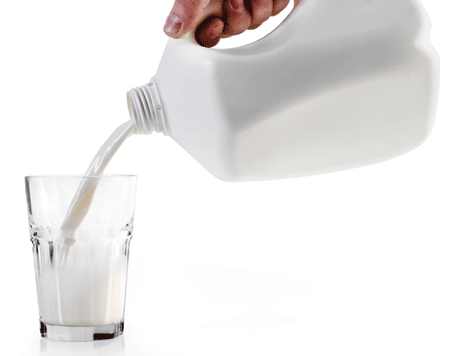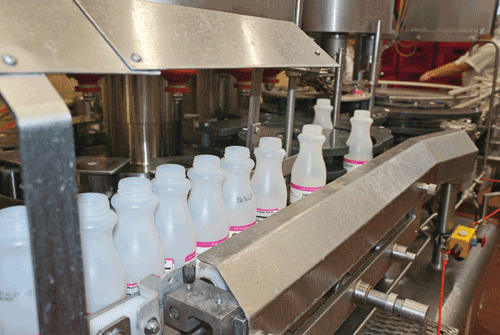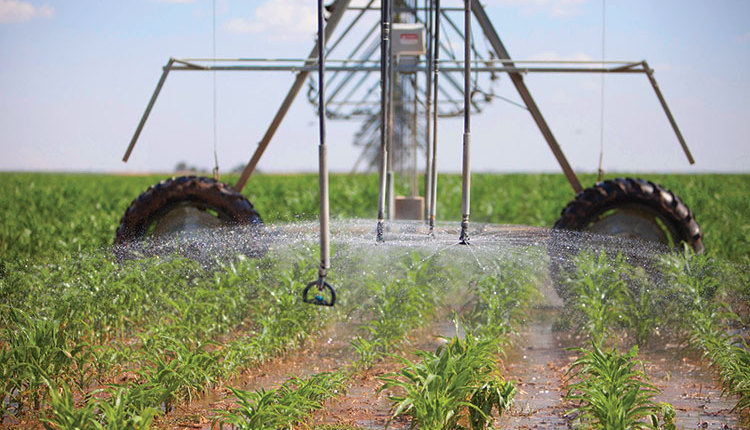
However, to grow beverage sales, we must expand beyond it.
Dairy Management, Inc. (DMI), manages the national dairy checkoff program to help grow sales and markets worldwide for our nation's producers. In a special initiative, DMI is working with companies to find the best ways to reverse decades of declining fluid milk sales. In the past few months, we have had frank discussions with nearly 50 entities and 200 people, representing farmers, processors, suppliers, retailers and others, to determine what, if anything, can be done.
Does the industry have the ability and the will to turn fluid milk around in a way that ensures the long-term viability and profitability of the category for everyone involved?
Product sales can grow
The most important finding to report from these interviews and our own analysis is that yes, the fluid milk business can indeed grow.
This is not a universally held belief, of course. Some think Americans have moved on and that our focus should be on other dairy products and ingredients. After all, dairy sales grew more than 4 billion pounds in 2012, even with a 1 billion pound loss in fluid. Why not go where the product growth is clear?
Those more bullish about the future of fluid milk see the biggest challenges to be self-imposed industry issues, things within our ability to change. The problem is not the consumer; the problems are ours.
That's a breath of fresh air and a real reason for optimism. For too long, we have heard that our competition outspends us and has taken our market.
Do we really believe the competition is our whole problem?
Didn't we give that market away?
We have stepped back, looked in the mirror and considered some cold, hard facts.
For decades, fluid milk has ranked last in terms of new product innovations among all components of the beverage category.
Standards of identity for fluid milk restrict us from saying "99 percent fat-free" but allow beans to be labeled "milk."
Industry dollars support generic ads for fluid milk that undercut brand differentiation and create the reputation that milk is a mere commodity, rather than working to enhance the ability of brands to be successful.
The fact that most of the issues with fluid milk consumption are within our control is not to say that any part of the industry has been a "bad actor." But we have all been witnesses to, if not participants in, a long period of inertia, and the road back will take time.
Competition is other beverages
The point of our discussions with fluid milk interests has been both to gauge the interest in and the will to make fundamental changes, but also to see who can really step up and move the ball forward. We need to work together, precompetitively, as an industry to face these challenges.
Even at a competitive level, opportunities exist for alliances and joint ventures to build plants, co-pack, distribute and market products. Our competition is first and foremost other beverages and health and nutrition products in the value-added space, and not each other.
For instance, the issue with at-home consumption is not how to grow the gallon business; the question is how to grow consumption of fluid milk and milk-based products kept at home, whether consumed at home or on the go. That growth will come in different packages, at different places and in fresh fluid, but with an emphasis on extended shelf-life and shelf-stable products. Additionally, lactose-free milk will become a dominant player over time. It's not about the gallon, it's about the milk.
Looking at broad concepts
Our discussions have broadened our thinking so that we are looking at some new ways to work with our partners and the industry to drive fluid consumption:
Focus on growing fluid sales through our existing partnerships.
Reinforce fluid milk as an ingredient, rather than just as a stand-alone beverage.
Translate the insights gained from our partners' short-term innovation projects into success stories and best practices that others can use.
Build a sustainable business model that balances risk and reward among identified partners in areas of innovation, infrastructure and so forth.
The gallon is a part of our future, but thinking and acting beyond the gallon is critical. If we keep asking the same questions with the same mindset, we will get what we've always gotten. That path has been well-traveled.
It's within our power to create a new path, one that leads to improved fluid sales, even as the rest of dairy continues to grow. DMI and the industry together are creating that path. In the coming months, we will provide specific examples of the progress being made to turn fluid milk sales around.

This article appears on page 173 of the March 10, 2013 issue of Hoard's Dairyman.











